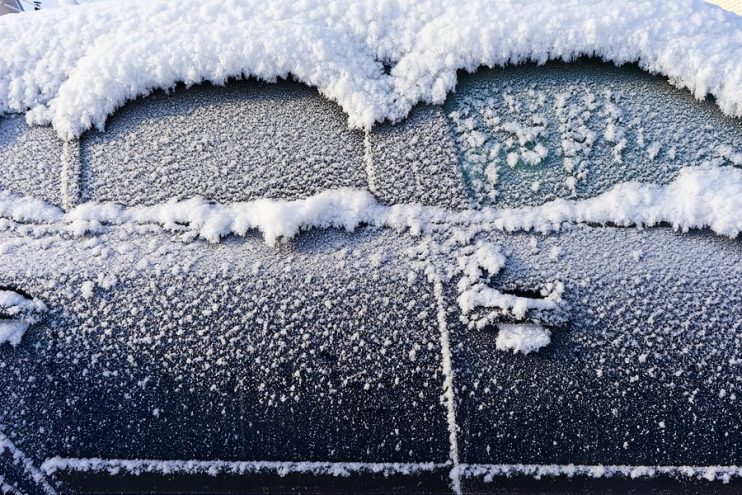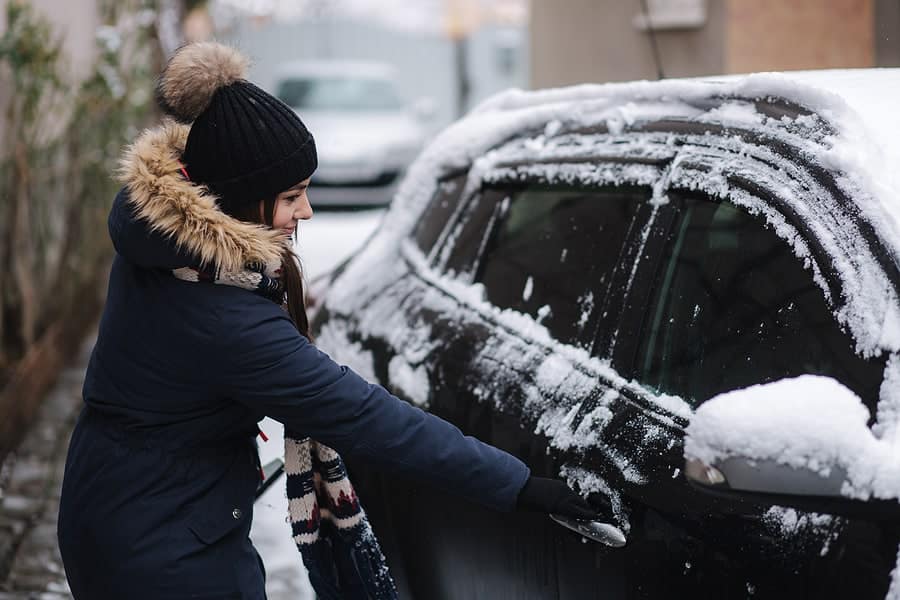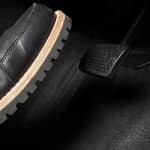
Apart from stating the obvious, there are a number of factors that increase a car door’s propensity to get frozen. Corroded locks and deteriorating window seals can let water into the door and around the frame, as snow melts in the evening, which then turns into hard ice at night, that unfortunately fits exactly into the gaps in the vehicle.
Inevitably, your car’s exposure to the winter weather can also be a predominant factor. Leave it out in the worst position, and you’re more likely to experience frozen doors than if you cover it, or leave it under a tree, where the wind chill factor isn’t going to be such a problem.
Table of contents:
- Dealing with a frozen door
- Your lock has frozen
- Door seals and handles won’t budge
- How to avoid the big freeze
- And a final note
Dealing with a frozen door
These are the main reasons why the freeze has locked your car for you – together with our favourite solutions for breaking free…
YOUR LOCK HAS FROZEN
When this important access system is iced up, you’re not going to move the door. What’s the answer?
Heat the key
Warm up the key with hot water or a lighter, holding it with gloves, or a pair of pliers so you don’t get burned. This usually works with keys for older cars, whilst we would recommend not heating electric keys for more modern models.
De-icer
Fortunately, it works on more than windows. Squirt window de-icer through a straw into the lock and all over the keys. Wait about 5 to 10 minutes and the system should have become free from the freeze. If you don’t have de-icer, then you could even use rubbing alcohol, or that bottle of Old Spice dad’s still got kicking around.
Hot air
No we don’t mean grandpa. Combine a hair dryer, or a DIY hot air blower with an impromptu paper or cardboard tube to very gently warm up the lock, whilst focusing the air flow. You want to avoid going anywhere near the plastics (door handles and trim) and periodically try the door and handle to see if there’s any play, but don’t force.
As a rule of thumb, keep hairdryers about 3-4 inches away from the lock, but double this distance for the heat gun.
DOOR SEALS AND HANDLES WON’T BUDGE
Your car is a few more freezes away from resembling a giant ice cube. So how can you delete the ice and coldness sticking your seals and door handles firmly in place?
Start the car remotely
If you have a remote control start function on your keys, then this can be a godsend. Start the car up from the key and simply wait for it to thaw out. If you can get in one door on an older car, then you can climb into the drivers seat, start the engine and wait for the heating to do the hard work. Remember of course, it is illegal to leave your car idling on a public highway, and if it gets nicked with the keys in the ignition, then you’re going to have a very hard time getting your insurance to pay out. Bear in mind however old or new your car, you’re going to be looking at a good 10-15 minutes before the rest of the doors thaw out.

Apply some pressure
Shifting a frozen door manually requires some serious elbow grease, and is one of the best ways of beating the freeze on a limited timescale. Apply pressure to the door, give it a good pull, but be careful not to dent or damage the bodywork or give it too much force. You’re looking for continued pressure over time that may at first be appearing to give no movement – but then will come good suddenly at the end. A method that works if the door is frozen shut around the seal, or the handle’s movement is restricted by thin ice.
Scrape it open
Pressure not working? Then attack the ice with a scraper, spatula, or credit card. Don’t be overly tempted to use a metal or abrasive implement as this could damage the bodywork. Give it a pull from time to time, and eventually the door will work its way loose.
Warm water washes away
Hot water is fast and easy and great for those times when the ice is too thick, or you’re in a hurry. Don’t use boiling water (from the hot tap will do just fine) as this may crack the glass. Pour the liquid over the door seal and handle, and try to open the door periodically. Once the job is done then wipe away any excess water, so it can’t refreeze. Be aware that there could be temperatures that are too low for even this trick to work (-10 degrees) and a pro-tip is to put the key in the door lock to stop the hole filling with water and freezing.
Attack the ice with de-icer
Get a purpose made de-icer, check the instructions or buying information to ensure that it’s not going degrade or damage rubber seals. Spray it liberally around the seals or door handles in the same way that you’d use hot water (see above).
How to avoid the big freeze
With the right kind of pre-emptive strike, you won’t be waiting around in the cold for your strategy to go to work…
- Make sure your door seals are in good condition – inspect them from time to time and if necessary replace them to prevent water ingress.
- Inspect your internal locking system – ensure there is no corrosion that could allow water into the system, and cause problems upon freezing.
- Check your locking rods – remove the door panel (if you’re able to do so) and inspect the locking rod connected to the keyhole.
- Protect and restore door seals – with a good quality, off the shelf rubber protection spray or conditioner that will keep the rubber pliable and strong.
- If the rubber is beyond rescue – and you do not have time to replace the seal, then a bin liner or plastic sheet shut in the car door will prevent ice formation, whilst still allowing you to lock your car doors.
- Keep the car out of the direct cold air and weather – by simply covering your car with a tarpaulin or blanket.
- Stop the build up of ice in your door locks – by dipping your key in Vaseline and turning it a few times in the lock to form a protective barrier.
And a final note
Once you’re in the car, then it’s heaters on full and let the car thaw out, with the windows defogging and the wipers on to get rid of any last fragments of ice on the windscreen. It’s also good to check the weather forecast a few days in advance and then park the car in a shielded location to stop freezing problems altogether. It can also be a good shout to use this time to check you have de-icing supplies.
And of course, always give yourself time in the winter to deal with a less than preferable frozen moment. You’ll find it hard to just let it go, and it could lead to frustration and anger on the road if you’re late for somewhere you have to be.









.png)